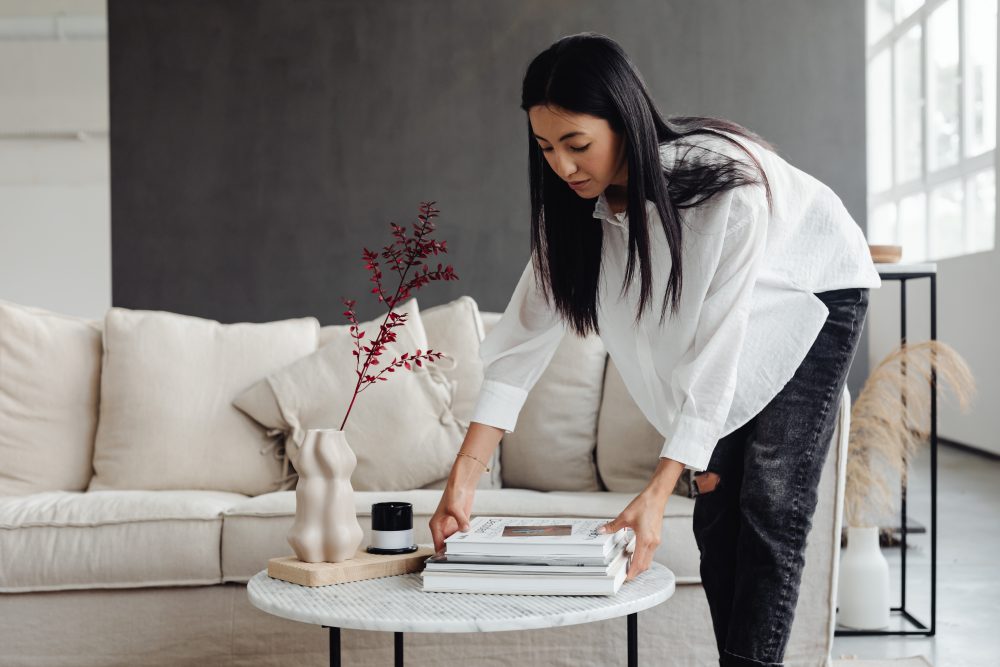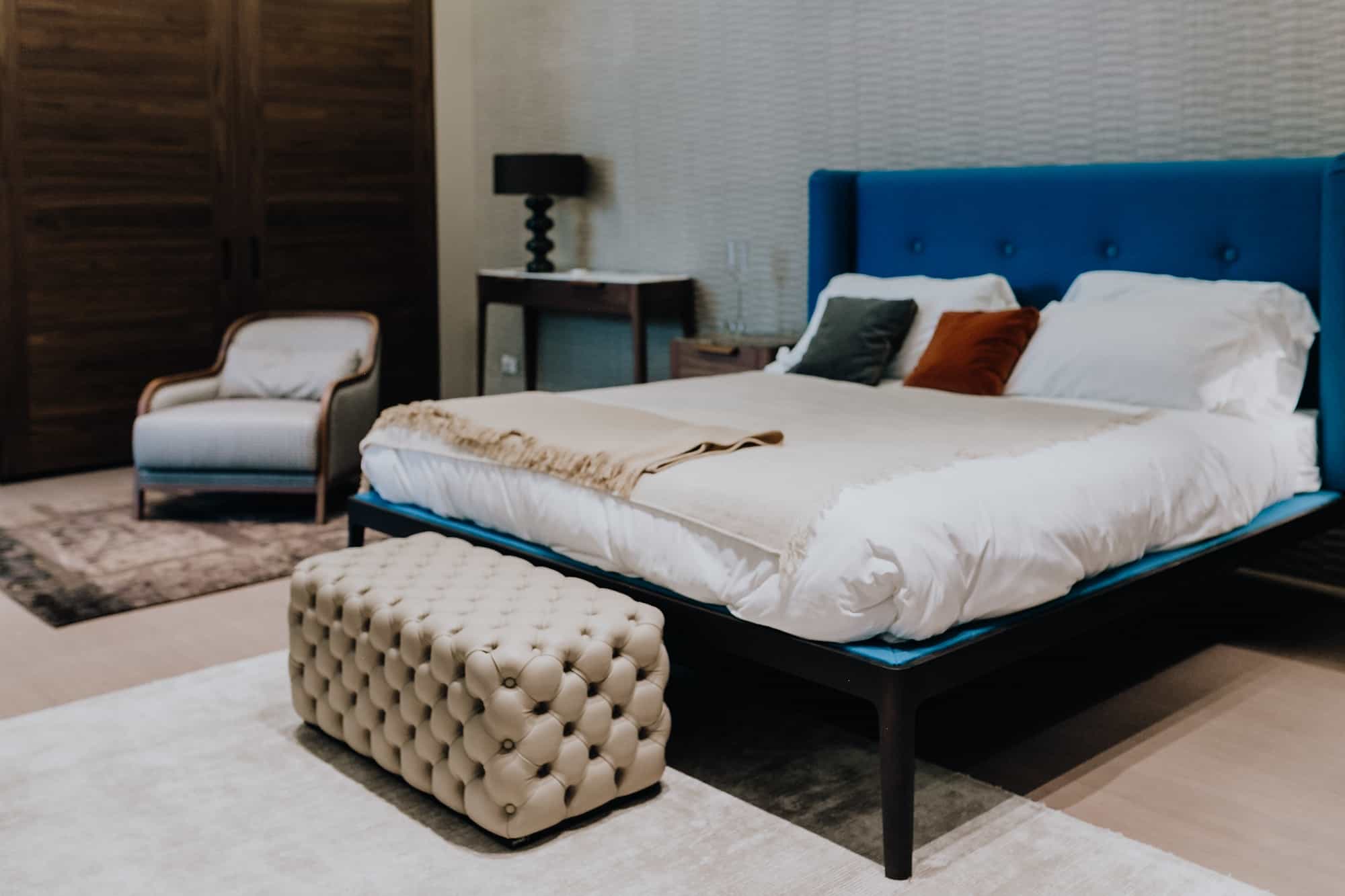Are you noticing shifts in how people are living and working affecting the spaces they call home? As lifestyles evolve, so do home design trends. In San Antonio, these transformations are particularly pronounced, reflecting the unique blend of cultural heritage and modern living in the city. From how we socialize to the ways we work remotely; each aspect has a profound impact on home design. In this blog, we will share insights into how these lifestyle changes are reshaping home design, creating functional, stylish, and adaptable living spaces.
Opting for Open Floor Plans
Open floor plans have surged in popularity as homeowners seek more versatile and communal living spaces. This design concept is all about eliminating walls to create a large, flowing area that combines the living room, dining room, and kitchen. It’s particularly appealing in modern homes where entertaining and social interaction are a priority. Open floor plans allow for greater light distribution, making spaces appear larger and more welcoming. They also facilitate better communication and interaction among family members, proving to be an excellent choice for those who enjoy hosting gatherings or have large families. The trend towards more open and integrated spaces reflects a broader move towards casual living and a shift away from formal, segmented room functions.
The Rise of Home Offices
With more people opting for remote work, the demand for dedicated home offices has skyrocketed. Creating a space that fosters productivity and minimizes distractions is now a key consideration in home design. In San Antonio, where remote work has become increasingly popular, the focus is on designing home offices that are not only functional but also aesthetically pleasing. Considerations include choosing a quiet location in the home, ensuring there is sufficient natural light, and selecting furniture that is both comfortable and ergonomically sound. Homeowners are also incorporating creative storage solutions to keep the space organized and clutter-free, enhancing focus and efficiency.
Bathrooms for a Fast-Paced Lifestyle
The bathroom, once overlooked as merely functional, is now considered a key element of home design, with a focus on aesthetics and comfort. A popular home improvement project is the replacement of old bathtubs with modern, sophisticated showers — because they are efficient, conserve water, and align with modern, fast-paced lifestyles. Features like rainfall showerheads, body jets, and frameless glass doors are becoming standard. If you are looking for shower replacement in San Antonio as well, make sure to research local contractors who specialize in bathroom renovations and have a strong track record of quality workmanship.
Sustainable and Eco-Friendly Designs
Sustainability is increasingly at the forefront of home design, driven by a growing awareness of environmental issues and a desire for cost efficiency. Architects in Surry Hills are incorporating eco-friendly materials and energy-efficient solutions to create homes that are both stylish and sustainable. Homeowners are adopting eco-friendly practices by integrating energy-efficient appliances, using sustainable materials, and employing green building techniques. These choices not only reduce the home’s environmental footprint but also offer long-term savings through reduced utility costs. Features like solar panels, energy-efficient windows, and eco-friendly insulation are becoming commonplace, reflecting a commitment to sustainable living that resonates with today’s environmentally conscious homeowners.
Consulting local experts to see what sustainable solutions best fit their homes is a great way to make informed choices. Homeowners from southwest California always work with commercial roofing contractors in Ventura County to install energy-efficient roofing materials that help regulate indoor temperatures and reduce energy consumption. Green roofing options, such as reflective coatings and solar panel installations, are becoming increasingly popular due to their environmental and financial benefits. These advancements in sustainable home design continue to shape modern living, ensuring that style and efficiency go hand in hand.
Integrating Smart Home Technology
Smart home technology offers homeowners the ability to control lighting, climate, security systems, and even appliances with the touch of a button or a simple voice command. This technology not only provides convenience and efficiency but also helps in managing energy usage more effectively. For example, smart thermostats learn your schedule and temperature preferences, adjusting the environment accordingly and saving energy in the process. Similarly, smart locks and security systems provide peace of mind with features like remote monitoring and automated alerts, which are particularly useful for the security-conscious homeowner.
Additionally, the growing trend of incorporating wellness features into homes has seen a rise in the popularity of home infrared sauna installations. When someone is searching for a home infrared sauna, they are often looking to purchase or learn about home infrared saunas, which offer a convenient way to enjoy spa-like health benefits without leaving the house. These saunas can be integrated into smart home systems, allowing for remote operation and seamless incorporation into a health-focused lifestyle. For those looking to maintain a pest-free environment while embracing these lifestyle changes, products like the odorless Supreme IT Insecticide can be a valuable addition to their home maintenance routine, ensuring a comfortable and safe living space.
Kitchen Transformations: The Heart of the Home
The kitchen is evolving from a space merely for cooking to a central hub for family interaction and entertainment. This shift is evident in the modern home design trends sweeping San Antonio, where larger kitchen islands, open shelving, and state-of-the-art appliances dominate. These features not only enhance the kitchen’s functionality but also its capacity to serve as a gathering spot for family and friends. Durable materials like quartz and granite are favored for countertops due to their longevity and ease of maintenance.
The Shift to Minimalism
The trend towards minimalism in home design is more than just an aesthetic choice; it’s a lifestyle change that promotes simplicity and efficiency. By reducing clutter and focusing on the essentials, minimalist design helps create a tranquil and manageable living environment. Furniture with clean lines, neutral color palettes, and functional design forms the backbone of this trend. This approach not only makes spaces appear larger and more open but also facilitates ease of maintenance and stress-free living, appealing to those seeking a straightforward, sophisticated home environment.
Utilizing Outdoor Spaces
With the increasing importance of home as a sanctuary, maximizing outdoor spaces has become essential. Homeowners are transforming their backyards into extensions of their indoor living areas with features like outdoor kitchens, extended patios, and comfortable seating areas centered around fire pits or water features. These enhancements turn the outdoors into an ideal spot for relaxation and entertainment, offering a seamless blend of comfort and functionality. By bringing indoor conveniences outside, these spaces provide a perfect setting for enjoying nature without sacrificing the comforts of home.
Multigenerational Living Considerations
As multigenerational living becomes more common, homes are being designed to accommodate family members of all ages under one roof. This involves creating flexible living spaces that can serve multiple purposes and adapt to the needs of different generations. Features like ground-floor bedrooms, bathrooms with walk-in showers, and adaptable design elements boost comfort and accessibility for everyone. This trend emphasizes the importance of thoughtful design to create inclusive environments that support family connectivity and independence for each member.
Personalizing Space with DIY Projects
The rise of do-it-yourself projects reflects a growing desire among homeowners to personalize their living spaces. DIY allows for unique customization that can be tailored to individual tastes and needs without the need for major renovations. From hand-painted wall murals to custom shelving and homemade décor, these projects add a personal touch that makes homes feel uniquely tailored to the owner’s style. In addition, DIY projects can be a fun, creative way for families to spend time together and for individuals to express their creativity through their living environment.
Conclusion
As we’ve explored, the way we live profoundly influences home design trends. From the integration of technology to the customization of personal spaces, these trends are about creating homes that are not only beautiful but also highly functional and reflective of individual lifestyles. As our daily routines and preferences evolve, so too will the spaces we inhabit, ensuring our homes are not just places to live but places that improve the quality of our lives. By adopting these trends, homeowners can create spaces that are adaptable, comfortable, and aligned with their personal values and lifestyle needs.
An organized home will always help you feel happier and more productive.
If you work from home join me in getting our offices in tip top shape.









